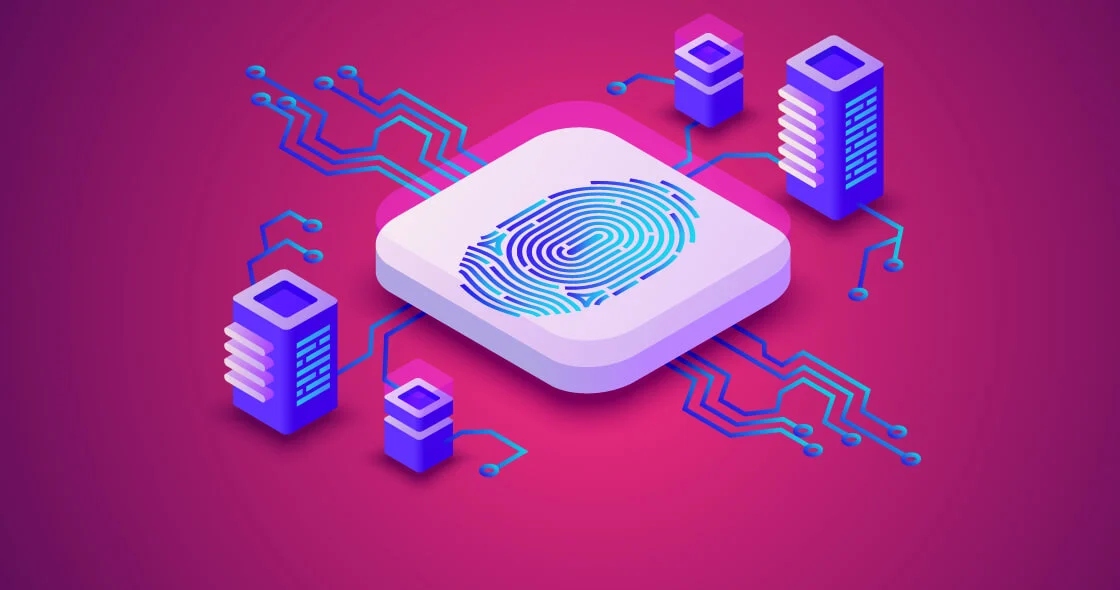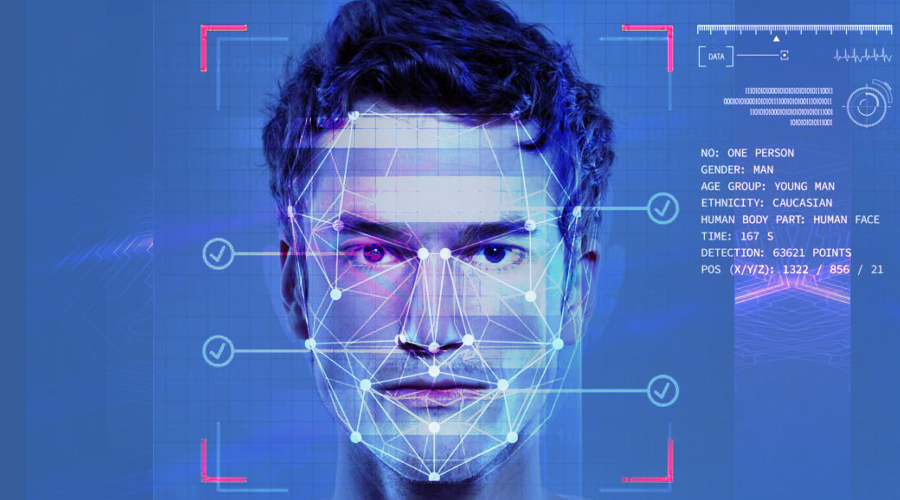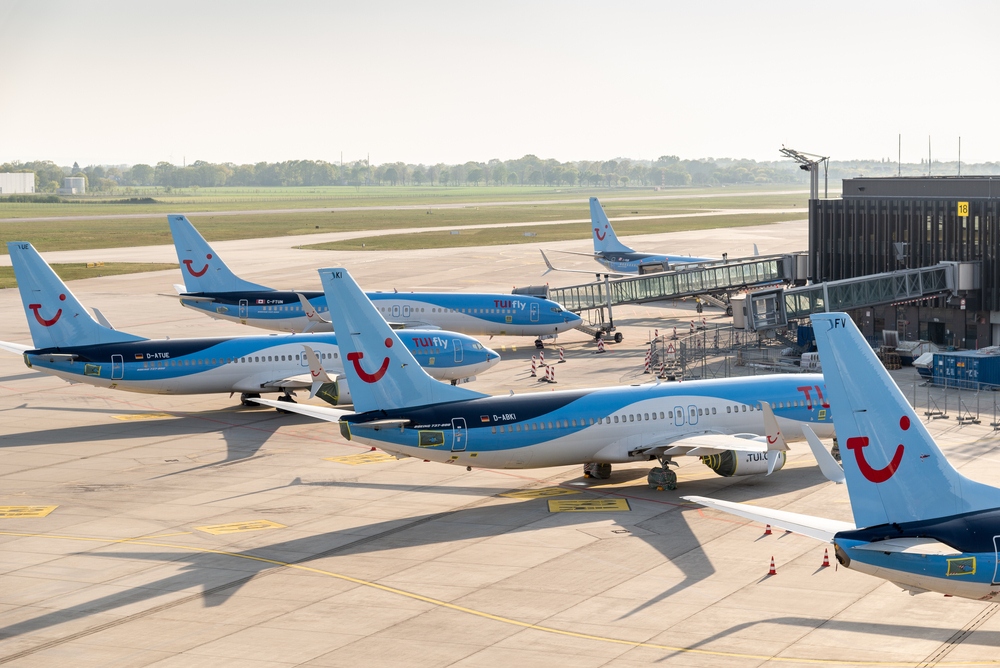
Biometrics Used to Identify Passengers and Secure Airports
The vitality of strong identification methods in the aviation industry has never been greater.
Biometric technology is proving to be a potent tool as airports strive to improve security for travelers while guaranteeing efficient operations. Biometrics allows reliable identification of individuals and increases airport security by taking advantage of unique physical or behavioral features. This article looks at different biometric methods used in airports and shows how they contribute to making travel safer.
Fingerprint Scanning

One of the most extensively used biometric methods in aviation security is the scanning of fingerprints. Because every individual's fingerprint is distinct, scanning devices can quickly compare and validate identities across huge databases. Fingerprint scanning reduces the possibility of fraud and makes sure only authorized individuals get access to restricted regions by replacing traditional boarding permits or identification proof.
Voice Recognition
The use of voice recognition has significantly improved airport security. Voice recognition systems accurately recognise passengers by analyzing an individual's vocal features, such as tone and pitch. This method is extremely useful with automated passport check gates, allowing travelers to deal with immigration formalities swiftly and effectively. American Airlines uses modern voice recognition technology to guarantee reliable traveler identification in security lines at airports while also providing smooth access to flight reservation details, allowing travelers to deal with the entry processes easily and stay up-to-date on their travel plans.
Iris Recognition
Iris identification has gained popularity due to its accuracy and efficiency. Airports can determine a person's identity by scanning and analyzing the distinctive patterns found in their iris. This technology is especially valuable and pleasant for passengers since it eliminates human contact with detectors. Iris detection technology improves convenience while preserving excellent detection rates, thereby adding to the safety of airport systems. United Airlines, a well-known airline, integrates cutting-edge technologies, including iris recognition technology, as well as current flight information, to ensure passengers benefit from quick and hygienic verification procedures while remaining updated on the status and scheduling of their flights.
Face Recognition

In airport security, facial recognition is a method that has received a lot of attention. Facial recognition systems record and analyze facial traits using modern cameras and complex algorithms and then authenticate an individual's identification. This simple approach allows for quick identification regardless of congested airport situations. Furthermore, recognition of facial features helps in determining the identities of persons of particular interest or individuals on lists of targets, thereby increasing overall security standards.
Conclusion
The incorporation of biometric technology into airport security systems revolutionizes traveler identification and increases overall safety. Biometrics is paving the way for a more secure and effective travel procedure, with fingerprint scanning, recognition of facial features, iris detection, voice recognition, and analysis of DNA on the way.
Trending
-
1 SEO Mistakes That Could Be Costing Your Shopify Store Sales
Daniel Hall -
2 Strategies for Safeguarding Assets and Investments
Daniel Hall -
3 The Role of PR Firms in Crisis Management and Damage Control
Nitish Mathur -
4 How to Make Appealing Visuals for Your E-commerce Store
Daniel Hall -
5 The Competitive Landscape of Low-Cost Carriers in Belgium: TUI Fly Belgium’s Position
Daniel Hall





Comments